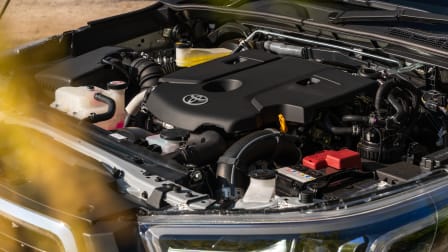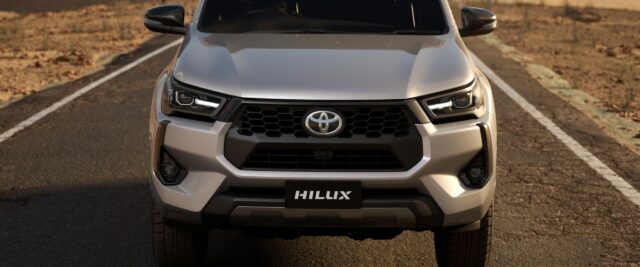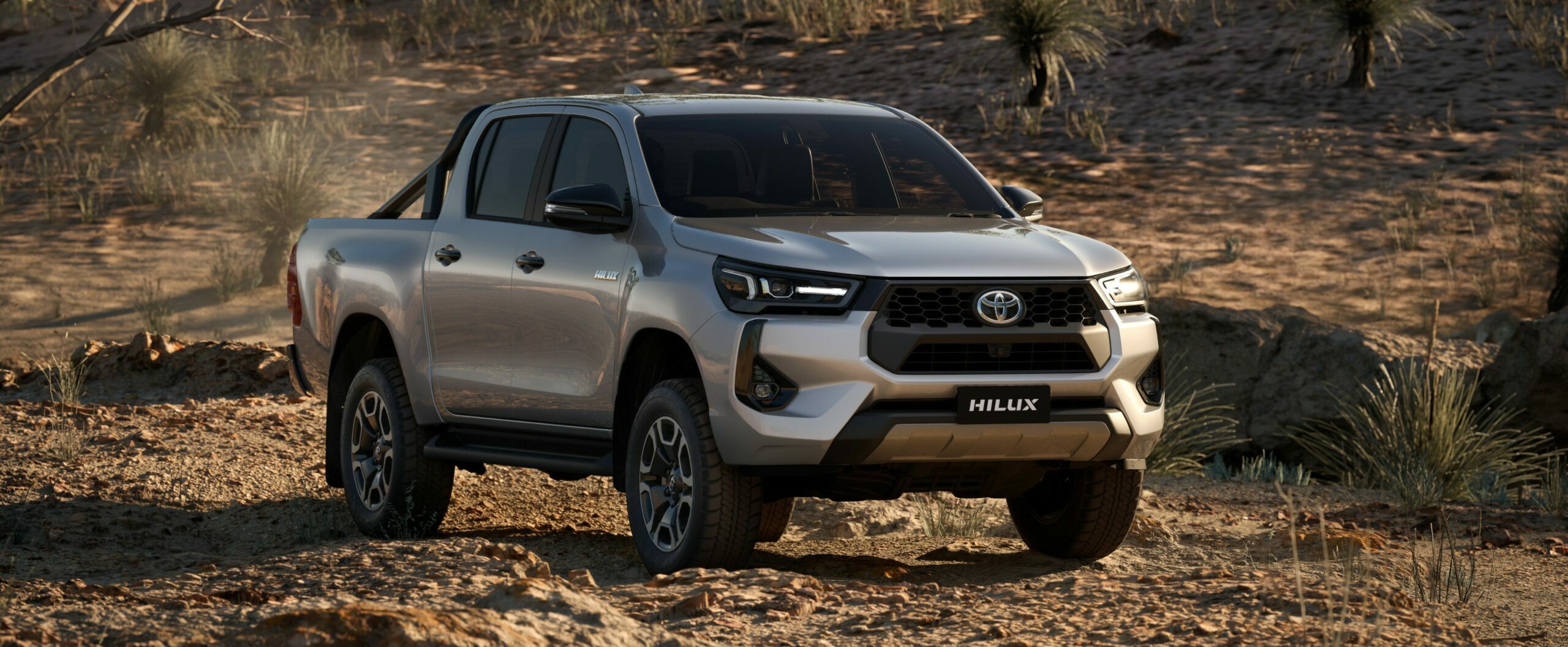2023 was a great year for the Toyota Hilux in Australia, but it could have been better. After seven years at the top of the sales chart, the mighty Hilux was dethroned by the Australian-designed and engineered Ford Ranger. It was a close-fought battle won ultimately by Ford’s ability to deliver more vehicles from Thailand, where the Ranger is built, to Australia, going so far as to lease its own ship. It is worth noting that the Australian market experienced the most significant number of new vehicles sold ever. Toyota is not known to ever back down from a fight, and 2024 Hilux sales will depend on supply as the demand clearly exists. The 2024 Hilux has had some relatively minor but significant upgrades to help the Japanese automaker gain the edge against Ford.
Slated to hit Australian showrooms in March, this revamped model marks a significant leap forward by integrating 48-volt technology across select variants. The latest Hilux iteration distinguishes itself with a refreshed design to underscore its rugged appeal; the front end has been reimagined to project a more muscular demeanor, particularly in the most sought-after double-cab auto diesel variants. According to Toyota, this aesthetic evolution is not merely about looks; it’s a deliberate enhancement that complements the vehicle’s renowned durability and performance.

A pivotal addition to the Hilux range is the introduction of 48-volt technology. This cutting-edge feature now standard on 4×4 Rogue and automatic SR5 double cabs and an optional upgrade for 4×4 SR double cabs. A 48-volt vehicle system offers a cost-effective way to enhance fuel efficiency, reduce emissions, and improve performance without the high costs associated with full hybrid or electric vehicles. This mild hybrid technology supports the engine with additional electrical power, particularly beneficial in start-stop urban traffic. It allows for the electrification of vehicle accessories, improving their efficiency and reducing engine load. The system also enables energy recovery through regenerative braking, further boosting fuel efficiency. By enhancing the smoothness of the Hilux’s 2.8-litre turbo-diesel four-cylinder engine, this technology is expected to reduce fuel consumption by approximately 6-10 percent, depending on the variant.
The 48-Volt system’s integration extends beyond fuel economy and engine smoothness and enhances the Hilux’s off-road capabilities. The standard fitment of Multi-Terrain Select on variants equipped with this technology offers six selectable drive modes, improving performance in challenging conditions. Additional features such as dual-zone automatic climate control, smart entry and start, and wireless charging pads in SR5, Rogue, and GR Sport variants increase performance and passenger comfort.
Toyota Australia’s Vice President of Sales, Marketing, and Franchise Operations, Sean Hanley, emphasized the significance of these upgrades, stating that the integration of 48-volt technology in double-cab Hilux models is a forward-thinking move. This enhancement is poised to elevate the Hilux’s standing in the market, marrying fuel efficiency with the vehicle’s hallmark performance and capability.

The Hilux’s new-look grille and front bumper create an interlocking design, reflecting a blend of functionality and style. The octagonal grille, trapezoidal lower section, and bold outer bumper further accentuate the vehicle’s ruggedness, which also houses the fog lamps on SR5 variants. WorkMate variants now feature a black honeycomb mesh grille for a sporty look, alongside a tailgate damper on pick-up variants for added convenience.
This comprehensive update to the Hilux range may be enough to dethrone the Ford Ranger. Still, at the end of the day, the crown will likely go to whichever manufacturer can withstand supply chain challenges and fill showrooms and dealer lots with vehicles.
Read More: Hard-Shell Rooftop Tents : Buyers Guide
Our No Compromise Clause: We do not accept advertorial content or allow advertising to influence our coverage, and our contributors are guaranteed editorial independence. Overland International may earn a small commission from affiliate links included in this article. We appreciate your support.


